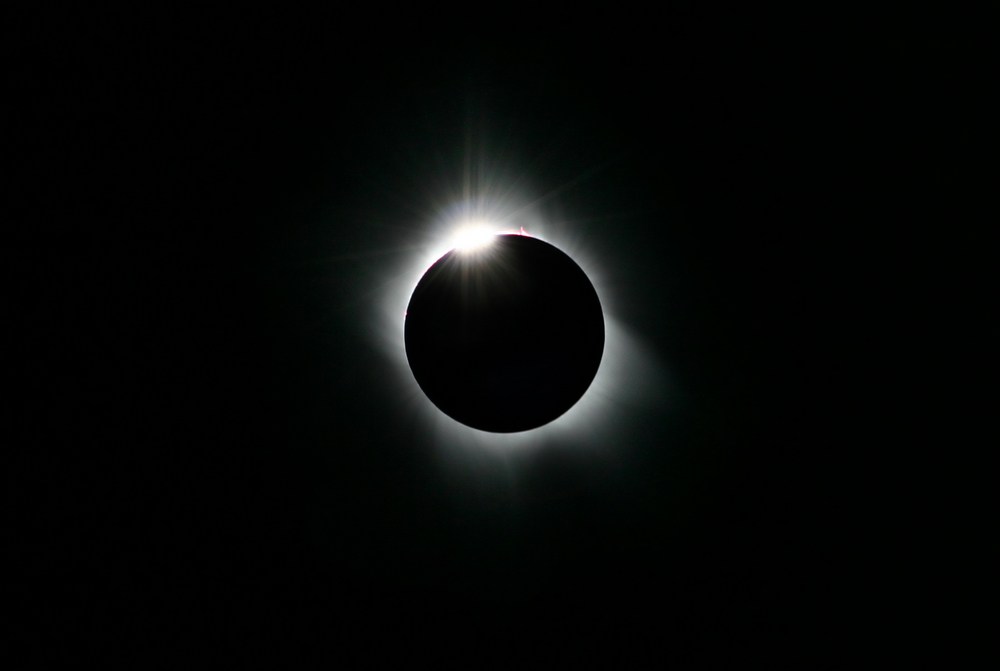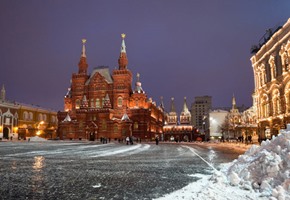Man has always been fascinated by the Cosmos. Ever since early Homo sapiens first scrawled basic forms of communication and art onto cave walls in central Europe, the Cosmos has proven to be the basis of many religions and scientific advancements. From the worship of the Sun God Ra by ancient Egyptians and the constellational navigation to the New World by Christopher Columbus, to man's first steps on the surface of another world on a mid-July day in 1969 - our position in the vast expanse of the Universe has always drawn us to look up towards the heavens. The intelligence and pattern recognition that proved to be the primary success behind our evolution from primitive apes has gifted us a great affinity for the stars and a curiosity as to what lies beyond the interstellar shores of our own humble home. Space is, of course, rich in patterns; the Sun will always rise in the East and set in the West, every night will be watched by the reflecting eye of the Moon and the Earth itself will continue its celestial orbit around the fiery ball of Hydrogen and Helium that is so central to life's existence.
One of the most celebrated celestial patterns, and one that has always arrived with great excitement, is the total Solar eclipse of the Sun, whereby the Moon's orbit path sees it pass between the Sun and the Earth and plunge certain areas of the Sun-facing hemisphere into relative darkness when there would otherwise be light. In 2017, a total eclipse will be observable from parts of North America for the first time in 26 years and those that find themselves there on August 21st will be able to experience a truly once in a lifetime event.
A total eclipse, one of the four types of solar eclipse, is the most complete in terms of the darkening of the sky. In a total eclipse, the Moon passes fully across the face of the Sun, leaving only its solar corona (the aura of plasma that surrounds the sun) viewable. The corona, plasma and energy forced outwards by the fusion of atoms in the Star's centre, is only truly viewable in events such as an eclipse. An eclipse is possible due to a very particular set of circumstances relating to the orbit patterns and spatial positions of both the Earth and its satellite companion. The Sun is both approximately 400 times larger and 400 times as far from Earth, as the Moon. Optically, to us on the planet, this makes both appear roughly the same size. A total eclipse occurs when the Moon is closest to the Earth on its orbiting path, as naturally, it appears to be larger.
The blocking out of the Sun's light has historically been an event of great importance. In the preceding years before knowledge of orbits and corona's, the coming of an eclipse was heralded with great superstition and, much like the sighting of comets, were seen as portents to greater events yet to come. The coming of an eclipse crops up in historical records, stories and myths throughout history; from the ancient Romans to the Chinese empires. Across the world, since early Homo sapiens first looked up to the sky, the total eclipse has been an important aspect of our calendars, our societies and our beliefs. Having first peaked our interest as an omen of bad luck, this wonderful beauty of the Cosmos has gifted us with the curiosity and desire to leave our own green shores and head out into the beautiful space beyond.
A number of our North American tours have departures coinciding with the passing of the total eclipse on August 21st 2017. Bookings for the following tours will have the best chance to view this cosmic wonder, but as with anything involving the Sun, the eclipse can be best viewed with a pair of sun-safe glasses or a pinhole camera!
Departures:
UNP1703 10.25 - Customers will be in Denver with a 92% partial eclipse
UPG1704, ATG1703 and USG1715 13.20 - Customers will be in Washington DC with an 81% partial eclipse
USG1714 09.00 - Customers will be in San Francisco with a 75% partial eclipse




